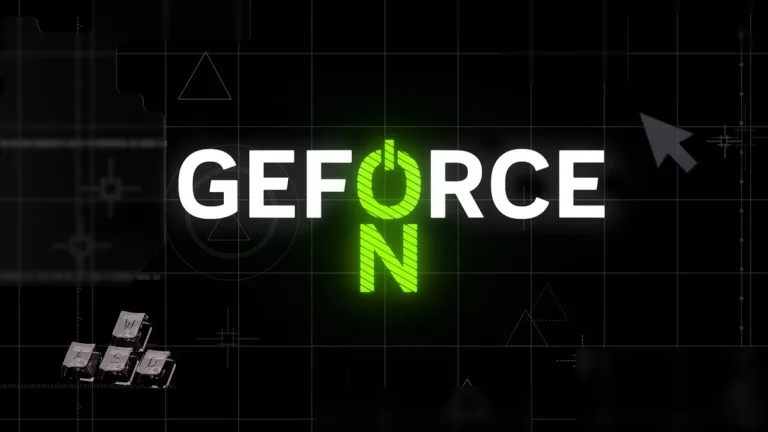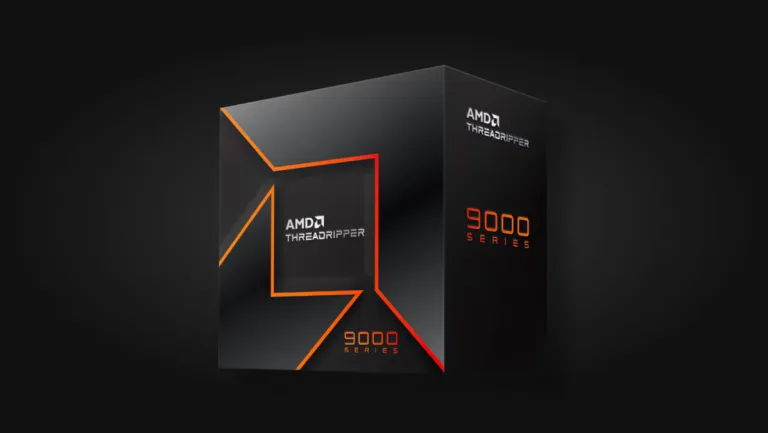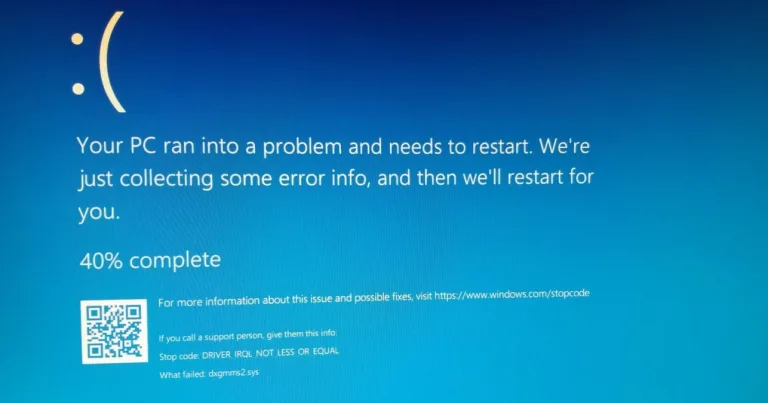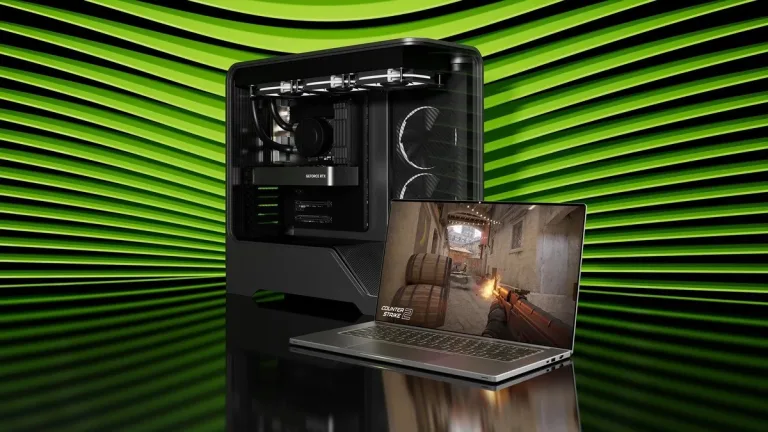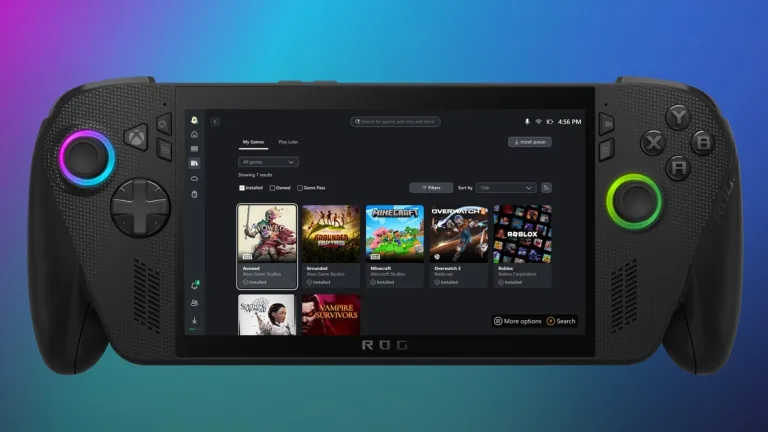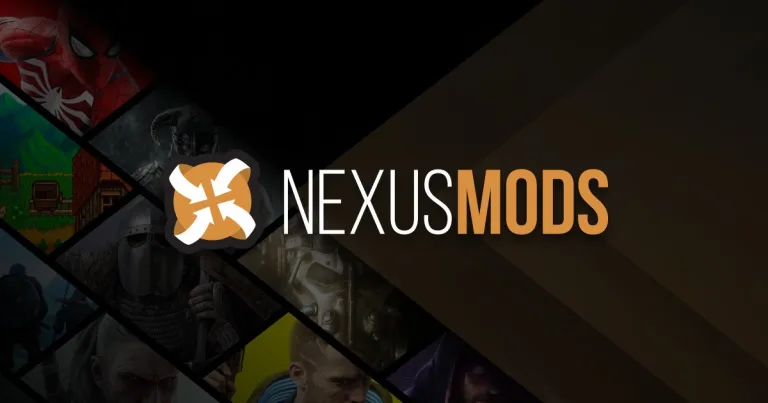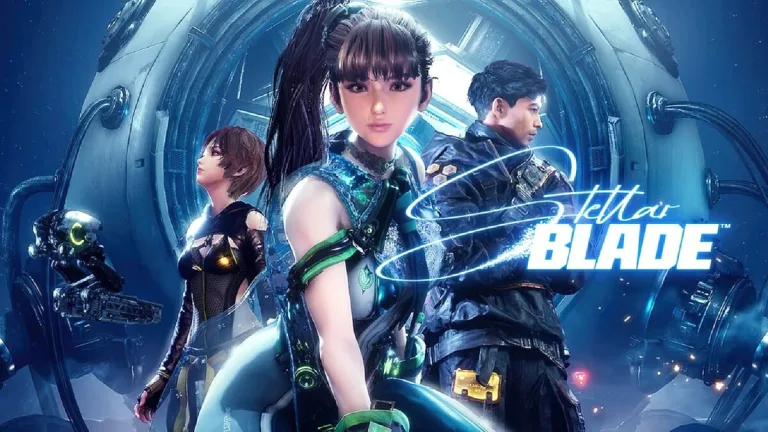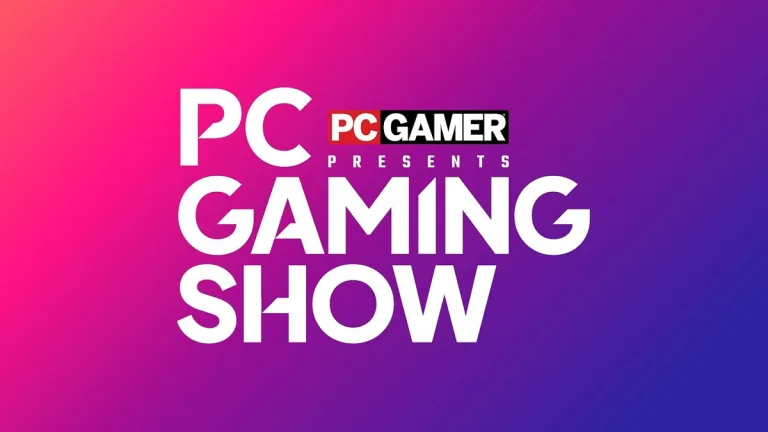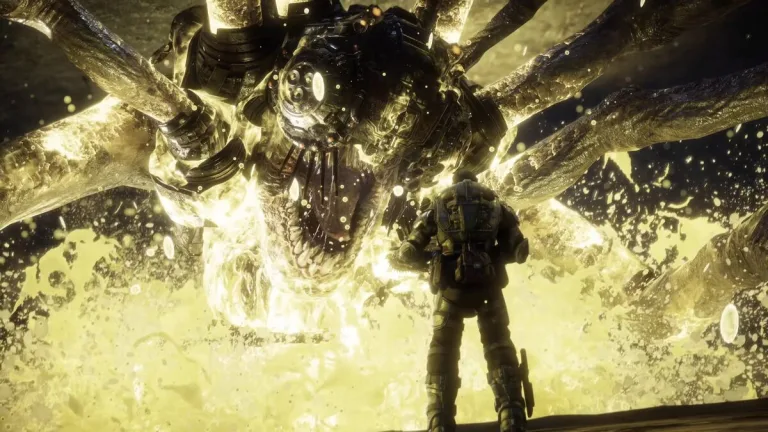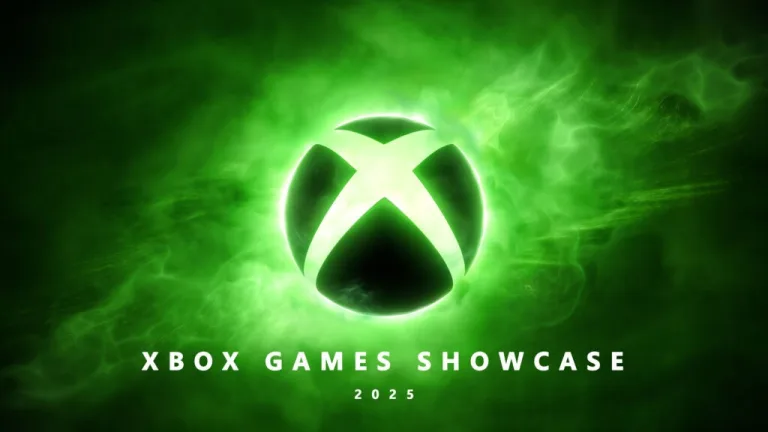The NVIDIA App update launching August 19th marks a major shift in how users interact with their...
PC
If you thought your rig was powerful, AMD just rewrote the definition of “beast mode.” The Ryzen...
For PC gamers, the Blue Screen of Death (BSOD) wasn’t just a system crash—it was a rage-quit...
When budget meets ambition, magic happens. Enter NVIDIA’s new GeForce RTX 5050—a card that brings the full...
In a week already brimming with gaming news, Xbox has dropped two announcements that signal its evolving...
When a platform becomes synonymous with an entire hobby, its sale marks more than a business transaction—it...
Stellar Blade exploded onto the scene as a PlayStation 5 exclusive in April 2024, winning hearts with...
The PC Gaming Showcase 2025 proved to be a pivotal moment in the world of PC gaming—a...
Gears of War: A Bold New Chapter Unveiled at Xbox Game Showcase 2025 The Xbox Games Showcase...
The Xbox Games Showcase 2025 was nothing short of a revolutionary experience—a spectacle that pulled back the...


